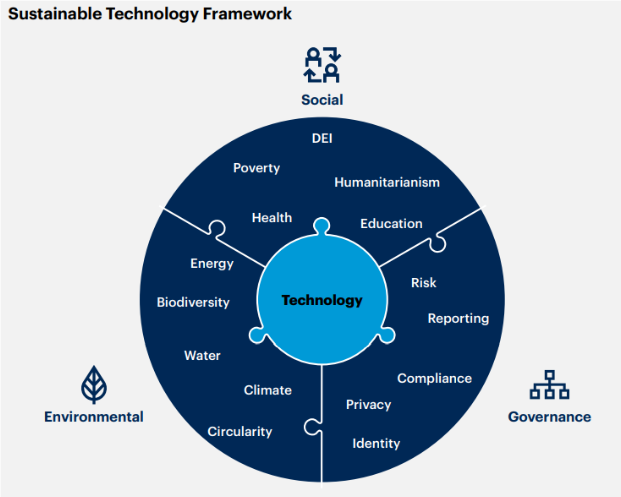The “Eco Tech” trend reflects the growing integration of technology with environmental sustainability efforts. Among the forefront technologies is carbon capture. Industries such as cement and steel are increasingly adopting advanced solvent technologies, solid sorbents, and membrane techniques to capture CO2 more efficiently and with less energy. However, challenges like high operational costs and the technical difficulties associated with storage and conversion persist. Research is also being directed towards direct air capture (DAC) technologies, although they remain costly compared to traditional carbon capture methods.
Low-Carbon Hydrogen
In addition, the development of low-carbon hydrogen is also gaining traction as a clean energy source. This technology utilizes renewable or nuclear energy to split water into hydrogen and oxygen, thereby eliminating carbon emissions from the production process. Despite improvements in electrolyzer technologies, such as proton exchange membrane (PEM) and solid oxide electrolyzers, cost and scalability issues continue to hamper the competitiveness of low-carbon hydrogen.
E-Waste
Another critical factor for Eco Tech is the management of e-waste, which is becoming increasingly problematic due to the rapid turnover of electronic devices and the precious materials they contain. According to Deloitte, in 2022, the world generated 57.4 million metric tons of e-waste, but only 17% was formally collected and recycled. In fact, e-waste volumes are projected to reach 75 million tons by 2030. In addition, the recycling rates vary significantly by region, with the EU recycling about 42.5% of its e-waste in 2022, while the US recycled approximately 15% in 2019. The low rates of recycling can be attributed to the high costs and complexities involved in extracting valuable materials, which are often bound to other substances. But Telecommunications companies seem to be playing their part in sustainability through initiatives aimed at reducing their carbon footprint. Deloitte estimates that by implementing strategies like shutting down older technologies and transitioning to more energy-efficient systems, the global telco industry could reduce its CO2 emissions by 12 million tons annually by 2024 and 2025, although it only represents 2% of global CO2 emissions.
Green AI
In addition, when addressing AI and its global projected adoption, it is impossible to greenwash it: advancements will drive even more energy usage while unlocking new energy networking and efficiency paradigms. Selecting smaller AI models (refer to AI Everywhere), with fewer layers and filters specific to use cases, companies will begin to reduce energy consumption costs compared to general systems. And, of course, when talking about AI, one has to have in mind the semiconductor industry, which is facing its own sustainability challenges. As one of the more volatile sectors, it experiences significant fluctuations in resource use, which correlates directly with market demand. Revenue for the chip industry, for instance, is projected to rise by 12% in 2024, although Delloite predicts that in 2024 we will witness a year-on-year decline in average water and energy intensity by leading chipmakers.
Circular Economy
Lastly, the concept of a circular economy is gaining momentum. According to the OECD, 51% of countries have plans to develop a circular economy strategy, and major drivers for transitioning to a circular economy include environmental concerns, institutional factors, and technological changes. Various platforms are encouraging the reuse and recycling of materials, including Sharing Platforms, Circular Supplier Networks or Sustainable Logistics Collectives.

